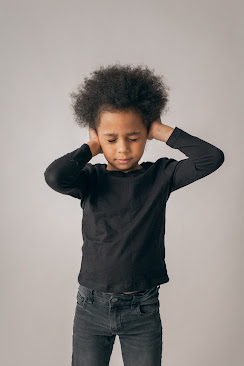Managing Behaviour And Building Self-Esteem

Managing behavior and building self-esteem Positive reinforcement is not only known to build self-esteem but also known as the best way to manage challenging behavior and to increase desired behavior. I reinforce my students for every good thing they do, could be following instructions very well or for getting a lesson right. Reinforcement can be used to teach children new behavior and skills. It does not only benefit us; it makes them feel good and as a result they will start engaging in a desired behavior more frequently. Praising children or applauding them every time they do good strengthens their confidence and helps them see their personal strengthens. Examples of positive reinforcement Clapping hands and cheering Giving a high five Giving a hug or pat on the back Giving thumbs up Positive talk Telling the child how proud you are of them Offering special activity (playing games or reading books together) Offering praise Telling another adult how proud you are o...





